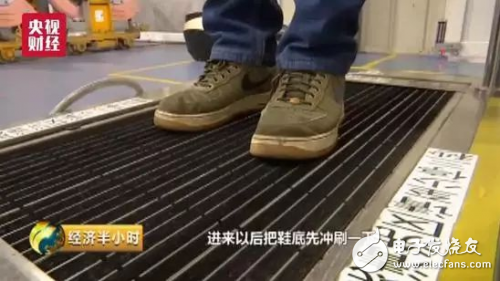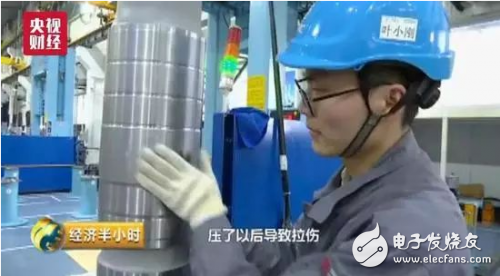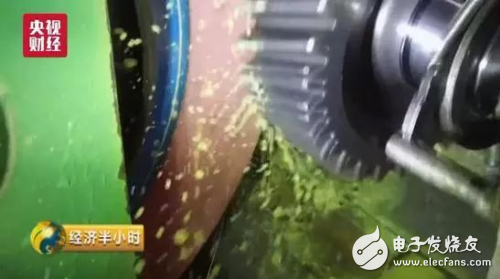China's high-speed rail development started later than in some developed countries. Before the introduction of high-speed rail systems, most were based on German or Japanese standards. However, China's self-developed EMU train, the "Revival," incorporated a significant number of technical standards, including national and China Railway Corporation (CRC) corporate standards. Out of the 254 key standards for the EMU, 84% are Chinese-based, making it a true "Made in China" achievement. Today, many technologies used in the "Revival" have taken the global stage by storm.
It took only 10 years for China to overcome challenges in high-speed rail technology—half the time it would have taken others. This rapid progress has positioned China as a leader in the field.
The core component of the "gearbox" was produced in a factory located in Changzhou, Jiangsu. Fan Shuai, a worker from the Gear Division, enters the workshop daily. The first step is always to clean the soles of his shoes to meet strict dustfall requirements, ensuring a pristine environment for production.

This special workshop is referred to by workers as a "smart assembly line." It plays a critical role in the gearbox assembly process. At this crucial stage, the temperature and humidity must be strictly controlled. Even a slight increase in humidity due to rain can affect the reliability of components.
The term "smart assembly line" comes from the fact that every step is monitored through data. The wrench in the workers’ hands applies torque according to computer settings, ensuring that each bolt reaches first-class precision. A green light signals when an operation should be performed, and if any step deviates from instructions, the system immediately records an alarm.

The gearbox is the core component that enables the "Revival" EMUs to run at high speeds. It has an extended service life of 24 years or 24 million kilometers—equivalent to circling the Earth 600 times. The materials, sealing, and aging resistance of its parts are all extremely difficult to test.
Some foreign technicians once believed it would take 20 to 30 years to achieve such performance. What they didn’t expect was that China managed to solve these challenges in just 10 years. The technology is now widely used in the "Revival" and currently holds 80% of the domestic market share. The last "current stream" in China’s high-speed railway system will soon be replaced.
Condensed through generations of relentless effort.
In the eyes of railway engineers, the rise of China’s high-speed rail was not a sudden success. It was the result of decades of hard work by several generations. In the intelligent assembly workshop, a press is used to carefully fit bearings into the center of gears using a method that seems old-fashioned but proves to be the most reliable and durable.

This assembly method often results in small parts being discarded. During the early stages of independent research and development, millions of expensive alloy parts were lost due to experimental failures, creating immense psychological pressure on the team.

Despite these challenges, China’s determination and innovation have led to groundbreaking achievements in high-speed rail technology, proving that with persistence and vision, even the most complex problems can be solved in record time.
Switching Diode
Shenzhen Kaixuanye Technology Co., Ltd. , https://www.icoilne.com